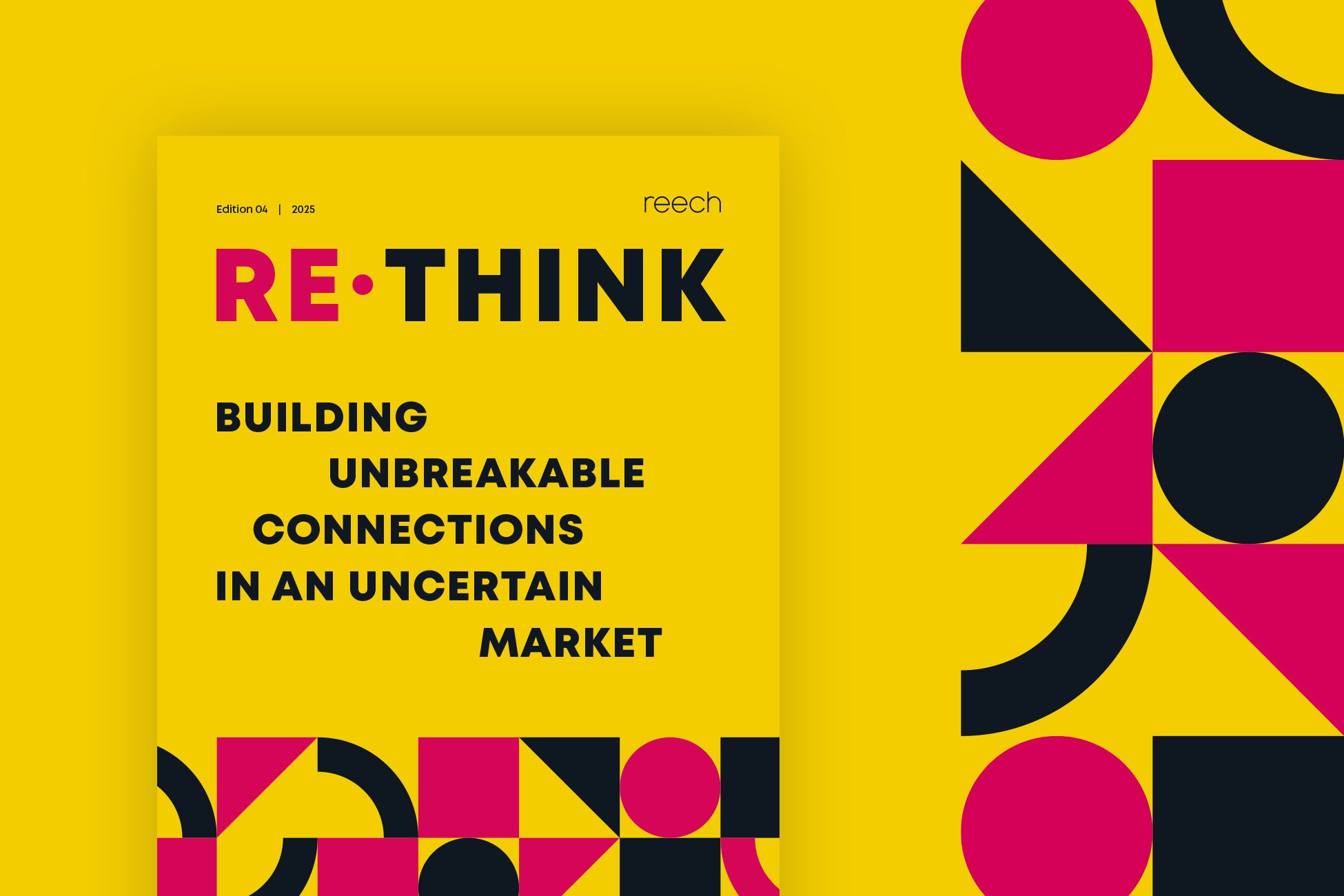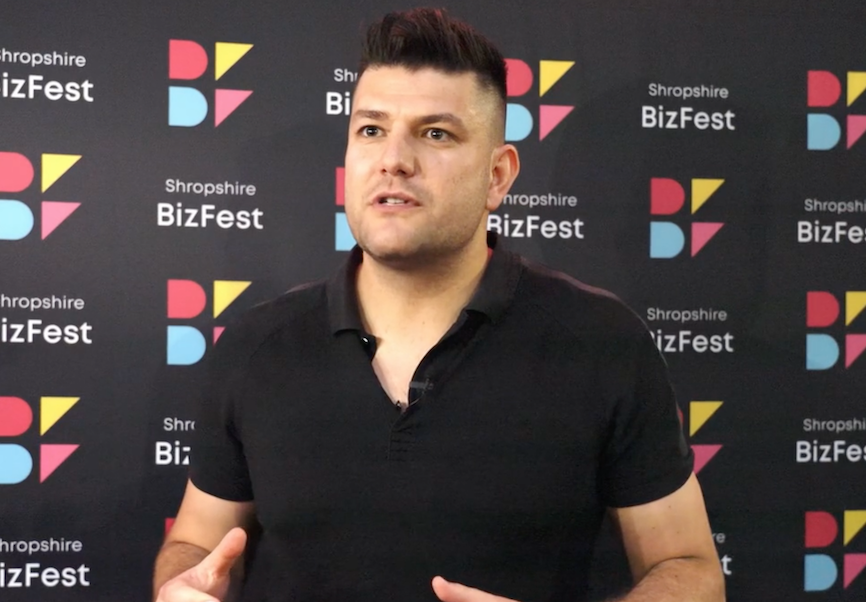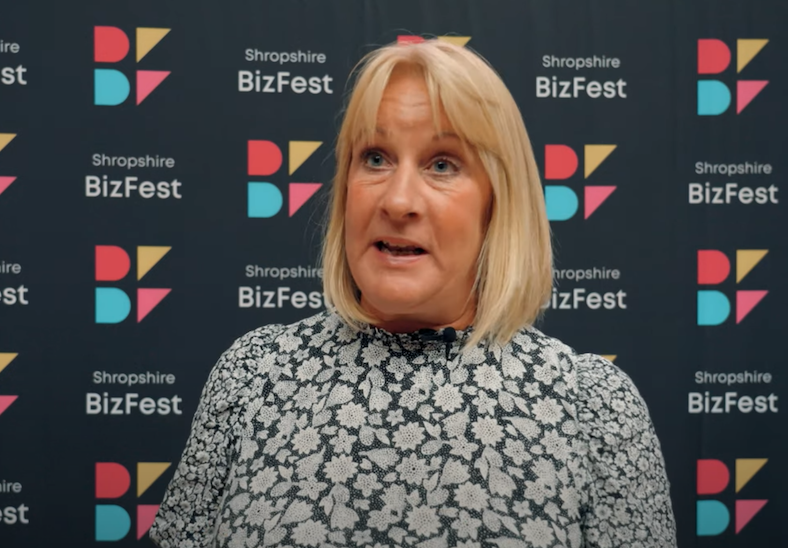latest
Featured insights
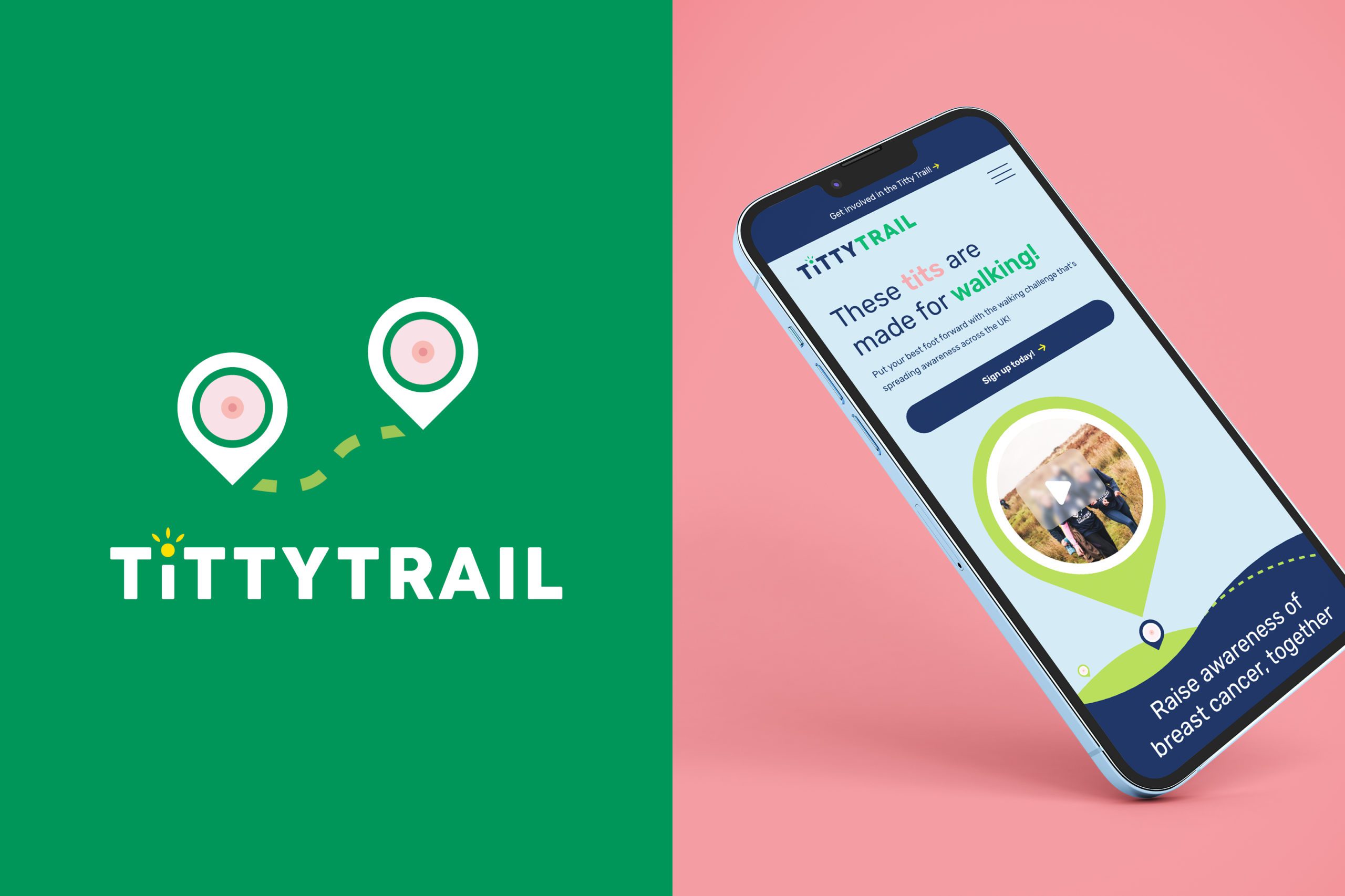
30th May 2025
Boobs, Bucks & Big Impact: The Titty Trail Story
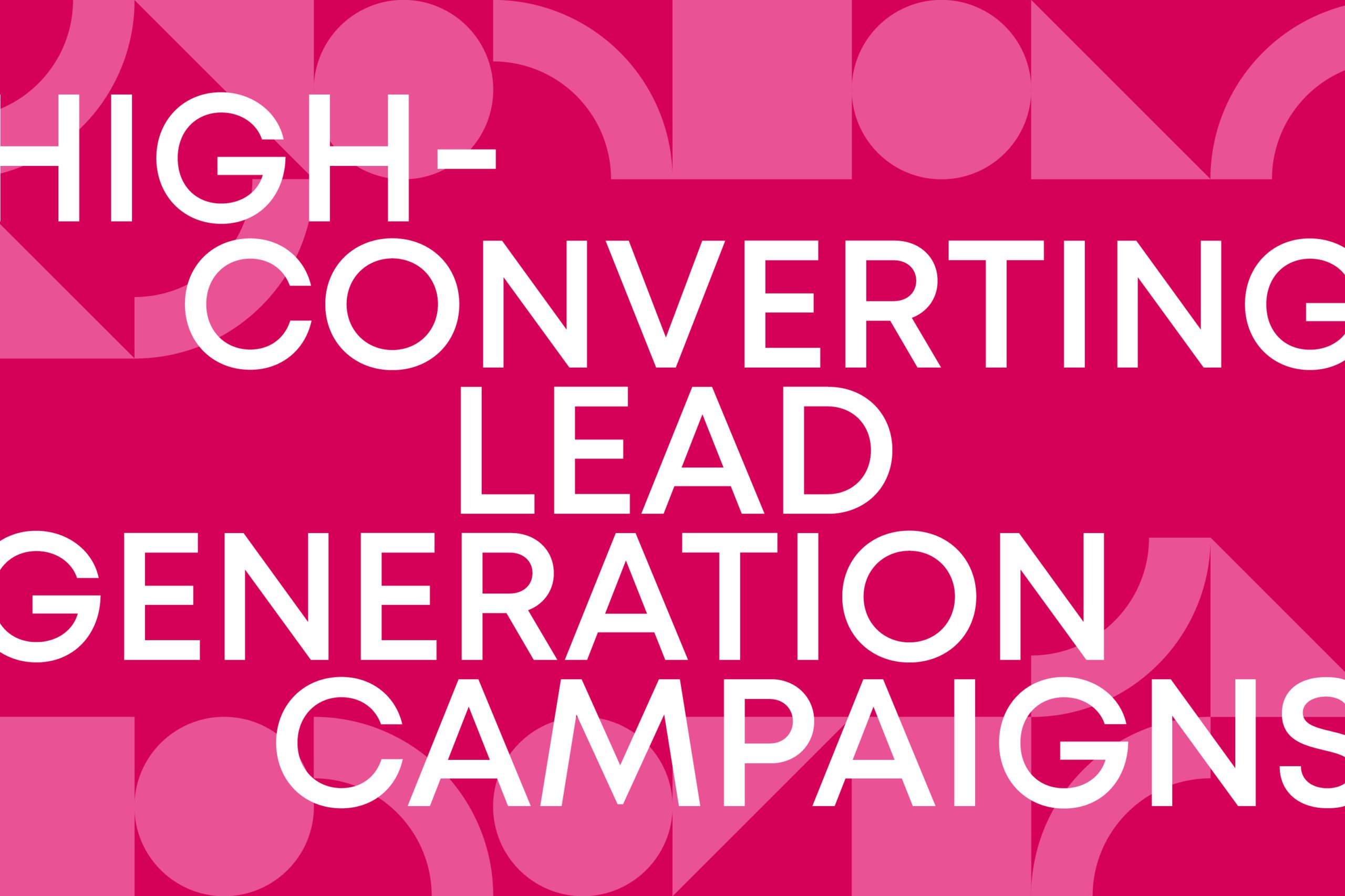
22nd May 2025
How to Build High-Converting B2B Lead Generation Campaigns
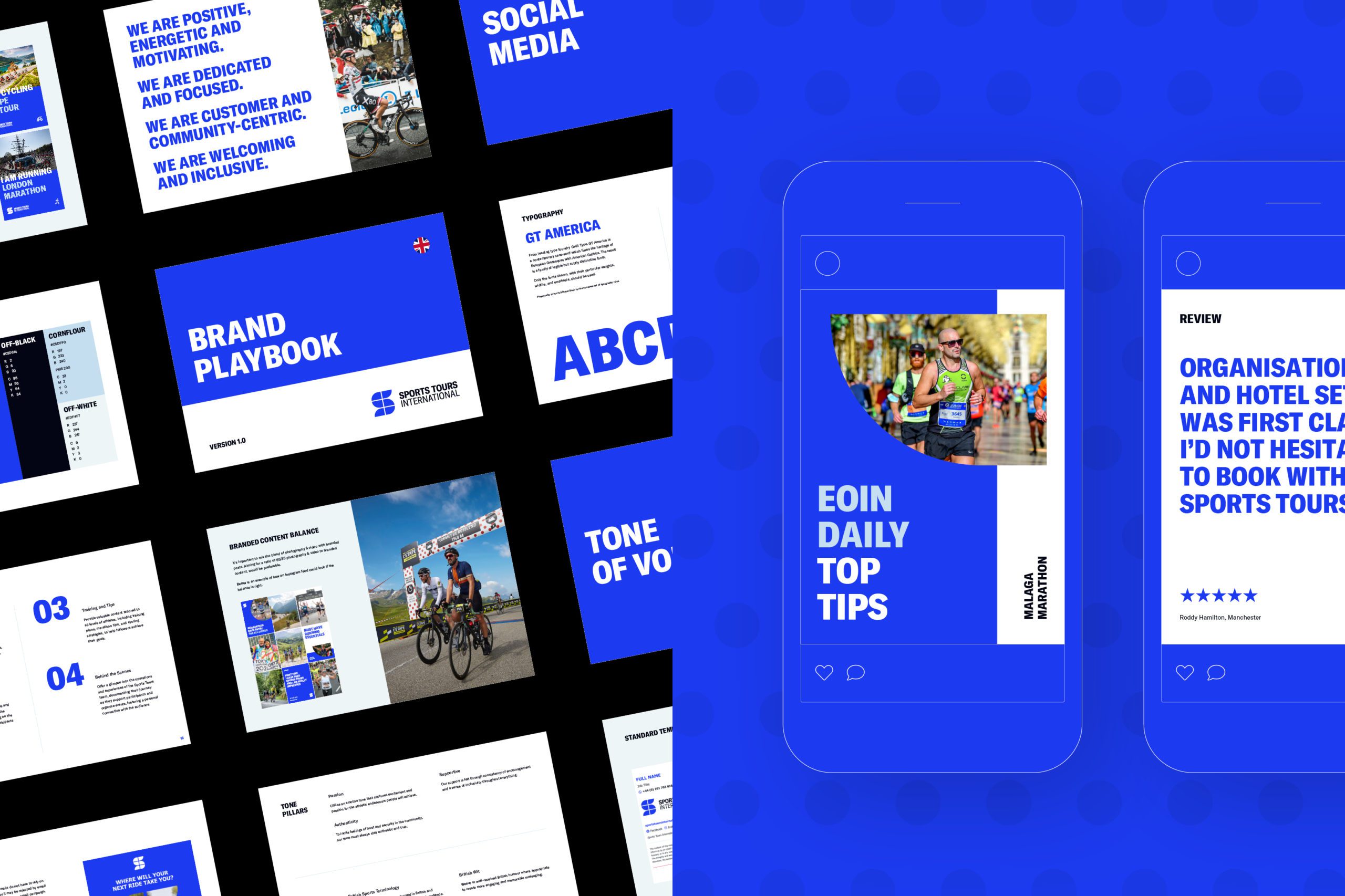
15th May 2025
On Your Mark, Get Set, Grow: Reech’s Partnership with Sports Tours

13th May 2025
